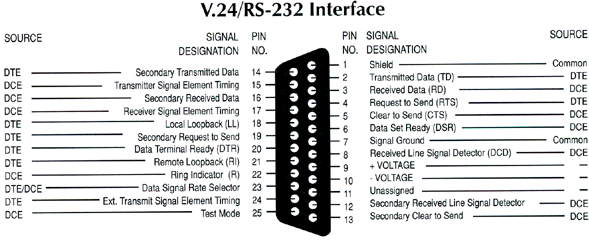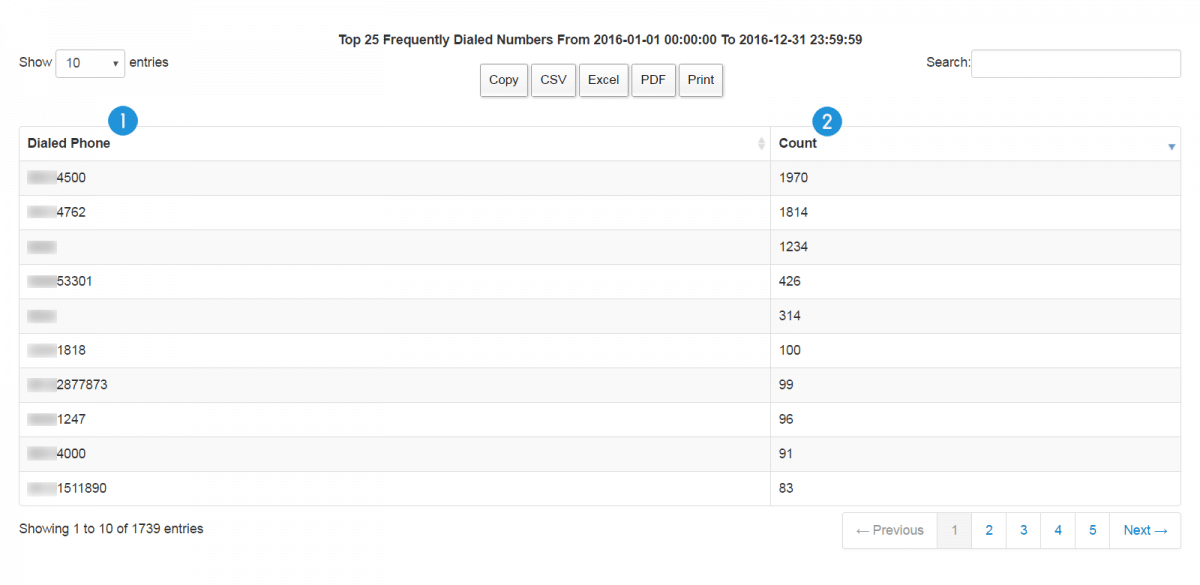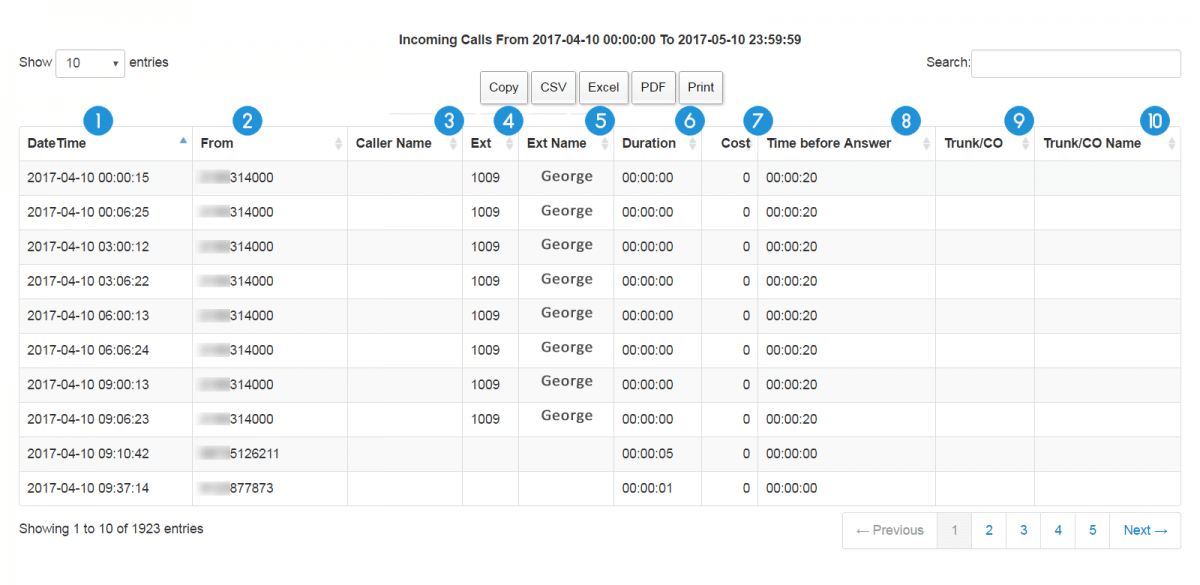Serial port interface pinout and signals
| 9pin # | 25pin# | Acronym | Full name | Direction | Description |
|---|---|---|---|---|---|
| 3 | 2 | TxD | Transmit Data | –» | Transmits bytes out of computer or device |
| 2 | 3 | RxD | Receive Data | «– | Receives bytes into computer or device |
| 7 | 4 | RTS | Request To Send | –» | RTS/CTS flow control |
| 8 | 5 | CTS | Clear To Send | «– | RTS/CTS flow control |
| 6 | 6 | DSR | Data Set Ready | «– | This device is ready to communicate |
| 4 | 20 | DTR | Data Terminal Ready | –» | This device is ready to communicate |
| 1 | 8 | DCD | Data Carrier Detect | «– | Modem connected to another |
| 9 | 22 | RI | Ring Indicator | «– | Ringing on telephone line |
| 5 | 7 | SG | Signal Ground |
Port Pins May Have No Constant Meaning
Only 3 pins of the 9 have a fixed meaning: send, receive and signal ground. This is defined by the hardware interface and you can’t change it. But all other pins can be controlled by a software and can be used for other tasks (rarely). EIA/TIA (Electronic Industries Alliance /Telecommunications Industry Association) issued several RS232 standards. RS232 defines both the physical and electrical layers of this interface. RS232 is usually similar with ITU V.24 (pins description and names) and V.28 (electrical). RS232 uses following voltages for signals:
- Signal = 0 (LOW) > +3.0V (+3V … +12V)
- Signal = 1 (HIGH) < -3.0V (-12V … -3V)
It is possible for all the 6 signal wires, but usually in standard devices these signal pins are used as described in the table above.
How to connect RS232 ports using cables
A serial port is used to connect devices or computers, and therefore it should be connected to to another serial port. An external device or modem that is connected to the serial port has an identical built-in serial port. It is possible two connection types between serial ports: straight (pins 2 on both sides are connected) or null-modem (pin #2 is connected to pin #3 on another side). First connection type is used between DTE (Data Terminal Equipment) and DCE (Data Communications Equipment) devices (for example, a computer and modem), and the second connection type is used between two DTE devices (for example, two computers or a computer and an external device). There are several cable layouts possible.
All signals of the RS232 port is are unidirectional. For example, if pin #2 outputs data, then it is unable to receive any signal using this pin. Therefore, you can’t connect two devices that can send data out (DTE-DTE connection) using a straight cable . If you will do it, then they would both send out signals on the same wire but neither would be able to receive any signal.
Initially, RS232 ports were used for connecting a dumb terminal (DTE) to a modem (DCE). Nowadays computers used as DTE instead of a terminal. The meaning of the pins are the same on both Data Terminal Equipment and Data Communications Equipment. The names: “receive” and “transmit” should be intepreted from the “point of view” of the computer (DTE).
The serial port was initially intended to be used for connecting DTE to DCE using a straight-thru (null-modem) cable.




